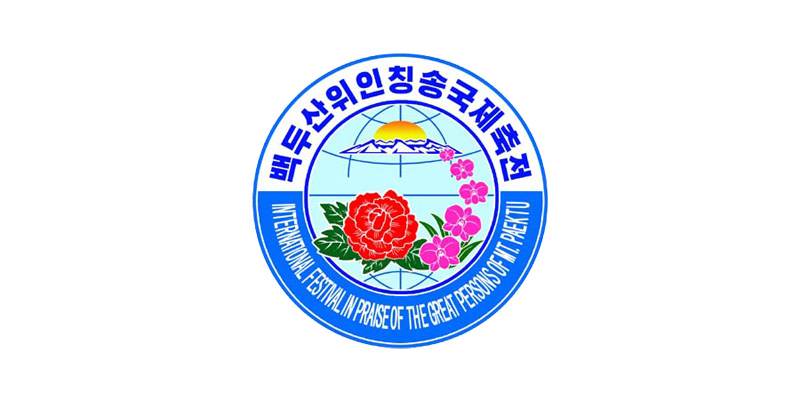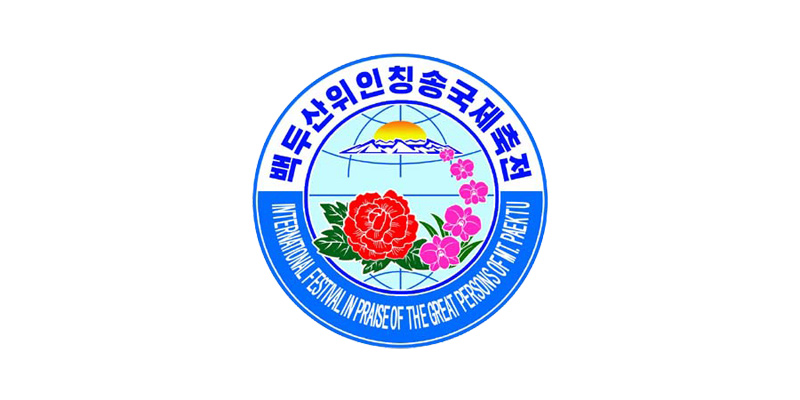- Thursday, 07 September 2023 | 22:00
- Juche Korea: 75 Years for Independence, Justice and Defense of Peace
Australia-DPRK Friendship: My Personal Experience in Korea in the 1960s
Bill Ford, President Melbourne Branch

As a young accountant, I lived with my wife and family in Pusan, the southernmost city of Korea during much of the 1960s, working at a hospital established by missionaries of the Australian Presbyterian Church. My role was Business Manager, and as part of my employment I undertook intensive Korean language study at Yonsei University in Seoul and with private tutors at both Seoul and Pusan.
While I had studied some East Asian history before travelling to Korea and was well aware of Japan’s efforts over the years to occupy and subjugate Korea and other countries of Asia, especially during the Second World War, I also learned a lot about Korean history while studying language and was impressed with Korea’s long history of resistance to Japan over the centuries as well as a philosophy of independent self-reliance, which kept foreigners at bay until the late 1800s. It seemed clear to me that all Koreans whom I encountered had a longing to return to the unity of an undivided country being all of the same blood and history.
However, I also became quickly aware of the extreme position of the south Korean government of the time, under Park Chung-hee, a former officer of the Japanese Army, towards the northern part of the country that had been arbitrarily divided by foreigners at the end of WW2. One of my tutors, originally from the northern part and formerly imprisoned under the Park regime for anti-state activities, encouraged me to listen on my short-wave radio to Radio Pyongyang to get another side of the picture of Korean history and contemporary politics.
At the time the Great Proletarian Cultural Revolution was developing in China, and most evenings I would listen to radio reports of this from Radio Pyongyang, Radio Peking ( as it was then called) and Radio Moscow in English as well as Korean, and later listened to Radio Pyongyang more regularly to learn of the progress that was occurring in the North, news that was not generally available in the south of the country, and of the political philosophies that guided the leader President Kim Il Sung.
After returning to Australia in 1969
I had trained a Korean person to take over my work at Pusan and returned to Australia in late 1969 and sought to create links with people from Korea living in Melbourne to maintain and develop my language skills and friendship towards the whole of the country of Korea, that I regard as my “second home”. The influence of the Park regime extended to Melbourne, where, at first, Korean-Australians were reluctant to praise the government in the north of the country, but after the election of the Whitlam Labor government at the end of 1972, with the consequent diplomatic recognition of China and DPRK by Australia, one or two people would carefully chat with me about their support for the northern government.
In 1974 I was part of the first official Labor Party delegation to China after formal recognition by the Whitlam government, during which time I was able to have brief informal discussions with DPRK visitors to China, facilitated by a Chinese guide who spoke Korean. Later, I became aware of the Australia - DPRK Committee, operating from Melbourne largely controlled by Joe Waters and his wife Marjorie, publishers.
Each time they advertised a film or discussion night I sought to attend and during the 1970s the undoubted highlight was the screening of the film “The Little Flower Girl” to a packed audience at a theatre in the Melbourne suburb of Toorak, where everyone seemed to be leaving the theatre in tears at the end of the session. I also received regular magazines and books posted from Pyongyang during the 1970s, but I cannot recall precisely how this contact originally came about.
Over this period of time, I also attended a number of seminars on Korea, notably one in Canberra about 1976 organised by Dr Stephen Fitzgerald, who was the Australian Ambassador to China and concurrently the first Australian Ambassador to DPRK in 1975. This was held at the Australian National University, which has had a long history of close interest in all things Korean, especially history, contemporary politics and language study.
During the early 1980s I met regularly with a small group of about 5 or 6 other people who had a particular interest in DPRK, Including Dr Gavan McCormack, who had visited Pyongyang about 1980 and another colleague who had been deported back to Australia from south Korea in the 1970s for criticising that government’s exploitation of workers. We all wanted to publicly support DPRK but were constrained by our various employment situations – academic and business – at the time I was working for an organisation that was exporting used clothing to south Korea for recycling. On 31 August 1980 I attended a seminar in Melbourne entitled “The Korean Problem” which included visitors from DPRK and where a film “Panmunjom” was screened.
I think we discovered that the Melbourne section of Australia-DPRK Committee had become dormant by about the mid-1980s.
In the late 1980s I visited an exhibition of DPRK art at the Trades Hall in Melbourne and met Mr Pak Yong Gun who was then the Secretary General of the Korea-Asia Pacific Exchange. I was delighted to meet Mr Pak again when I visited Pyongyang in August 2015 with a group delegation of the Australia-DPRK Friendship Group, celebrating the 70th anniversary of the liberation of Korea. Mr Pak’s visit to Australia may have been arranged through whoever was organising friendly relations with DPRK from Trades Hall in Melbourne, if Joe Waters was not alive by that time. Later there were other seminars and speeches by visiting representatives from DPRK that I was able to attend, including a visit by the President of the DPRK Olympic Committee, whom I met in Melbourne and who gave a very moving address on the current situation in his country.
The Melbourne Branch
By the early 2000s efforts had been made to keep active the Melbourne branch of the Australia-DPRK Committee (which by then had become the Australian Koryo Society for Friendship and Cultural Exchange), from an office in the Trades Hall occupied by Ray Berbling, whom I had met with on a couple of occasions. I also had had a long friendship with Harold Mackrell, who I had met at China Friendship Society dinners on several occasions since the 1970s and he had visited DPRK and, I understand, had met with President Kim Il Sung. Harold had sought to create a sister-city relationship with Pyongyang and the city of Fitzroy, where he had been the mayor.
Following my visit to Pyongyang in 2015 I spoke to many groups of people, especially in University of 3rd Age local groups, about the history of DPRK and the US Army activities in systematically bombing and obliterating of DPRK towns and facilities between the 38th parallel and the Yalu River on the border with China during their invasion of the country in the 1950s. I spoke about the resilience of the Korean people to these attacks and their strong and successful efforts to rebuild the country after suffering so much devastation. Many people told me that they had learned of this for the first time from me. I also spoke of how beautiful the whole country of Korea is, both northern and southern sections, of how all the Korean people I have met are friendly and generous of spirit and being of one race, yearn for reunification – “Korea is One”.
Long Live the Unity of The Korean People! 
Bill Ford
President Melbourne Branch
